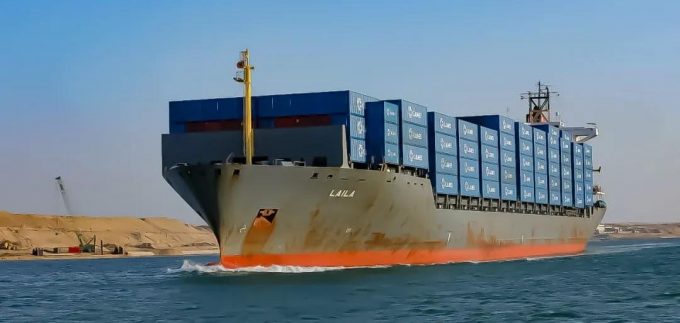Aggressive fleet builders HMM and Zim overtake Yang Ming in liner ranking
Yang Ming’s conservative containership fleet expansion has seen the Taiwanese operator slip down the liner ...

Until recently the mid-size and large containership charter market has been relatively sheltered from the downturn in liner shipping, but a maritime consultancy says it believes a “material decline in charter rates is on the cards”.
In its July Horizon report, Maritime Strategies International (MSI) says it expects the erosion of daily hire rates and reductions in time periods that has already impacted charter party agreements for small containerships is about to spread to bigger vessel fixtures.
“An important reason for this – apart from the overall sluggish cargo demand – is that, as the avalanche of very large vessels will be hitting the water, numerous midsize vessels will be cascaded from the main lanes to other routes that are typically served by smaller units, requiring lower-tier trades to accommodate displaced assets on an increased scale,” said MSI.
According to the consultant, this enforced cascading of bigger ships onto secondary trades that do not warrant the upgrade may lead to “increased idling”, which will only partially be offset by slower steaming and an increase in scrapping.
MSI said the supply side was expected to “explode” in the next three quarters, with some 2.4m teu of newbuild tonnage due to be delivered through to the end of Q1 next year.
It said its scrapping forecast of 380,000 teu for this year was “clearly not enough to offset growing excessive capacity”. MSI added:“Under these circumstances, the best case scenario for freight rates is to remain at their current levels of increase only marginally.”
And the impact on charter rates is bleak. MSI said it expected daily hire rates to reduce significantly, from October “at the latest”, across all sizes.
It explained: “The ongoing delivery of the orderbook is projected to shift the balance in the market in the charterer’s favour, leaving owners with no other options but to fix their vessels, and likely for shorter periods.”
Hitherto, the lack of open vessels in the mid and large sectors of the containership charter market has insulated shipowners from tracking the ocean freight market downwards, enabling brokers to continue to achieve historically high rates and long time periods.
Moreover, carriers with surplus capacity and a high exposure to the charter market have been able to sub-let vessels to other lines at break-even levels or small discounts on contracted daily hire rates – but that is also coming to an end, as tonnage procurement officers now face getting top-level authorisation before chartering ships.
Meanwhile, MSI said that liner profitability margins were now “thinning alarmingly”. It said according to preliminary Q2 results, some ocean carriers “were already in the red”.
“This is expected to worsen in the second half of the year, as all the new contracts signed in May and June at much lower rates than a year ago will start showing their impact on liner profitability,” said MSI.
“At the same time however, operating costs for carriers have risen materially, compared with pre-pandemic norms, which means current freight rate levels are loss making for smaller vessels,” it added.
Comment on this article